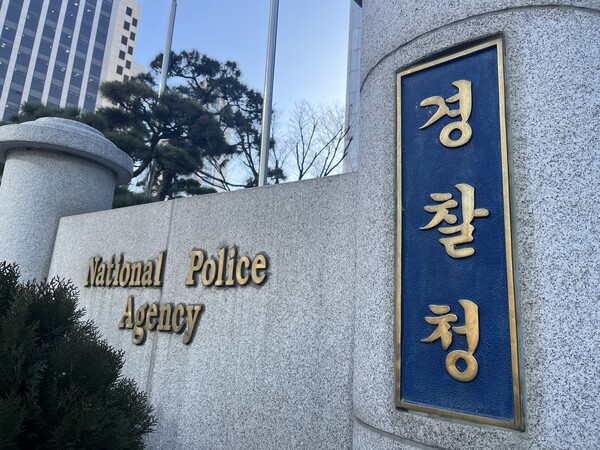As the public interest in felony rises, demands for the disclosure of offenders’ personal information are surging. The purpose of the release of offenders’ personal information is to prevent repeated crimes and guarantee people’s right to know. When a criminal case becomes socially controversial, the public requests the private information of the criminal. However, there are many things to consider before any disclosure can or should be made.
First of all, there are certain conditions that a case should meet for the disclosure to be approved: (1) The means of the crime must be a specific violent crime case in which serious damage has occurred; (2) There must be sufficient evidence to believe that the suspect committed the crime; (3) It should be necessary only for the public good, such as guaranteeing people’s right to know and preventing other crimes; (4) According to Paragraph 1 of Article 2 of the Youth Protection Act, the suspect should not be under 19. If a case does not satisfy all four conditions above, a suspect’s personal information cannot be disclosed, despite how loud or genuine the cries for it might be.
Next, the release of personal details is decided through meetings and evaluation by seven members of the Personal Information Disclosure Review Committee, of which more than four members are external specialists. For this reason, the criteria for judgement are slightly different every time. Therefore, some have criticized the reality in which subjective opinions may determine whether personal information is disclosed or not. For example, the personal information of the tragic 2016 Gangnam Station murder case’s suspect was not disclosed due to the culprit reportedly having a mental illness. However, the identities of the suspects of the 2016 Suraksan Murder and Opaesan Tunnel Shooting, who nevertheless suffered from the same illness, were revealed. Others point out that a certain degree of intervention and subjectivity is inevitable because the opinions of external experts are essential, and the specific circumstances of cases differ.
Although disclosing personal information of offenders certainly contributes to the public interest of the people’s right to know, it can cause serious problems. The “suspect” under investigation and the “defendant” on trial are presumed innocent under the Constitution. The revelation of a suspect’s personal information undermines the principle of presumption of innocence, and it is clearly unconstitutional to reveal the identity no matter how clear the evidence is. The situation deteriorates if a suspect is eventually found innocent, since the personal information that has already been disclosed cannot be put back in the proverbial bottle. In addition, the release of personal information has extended negative consequences as it can harm the suspect’s family. Despite not taking part in the crime, they are criticized solely because they are related to the suspect. However, there is currently no means to protect them.
In conclusion, the disclosure of potential offenders’ personal information is a complex issue with both benefits and drawbacks. Since it does not necessarily lower the crime rate and yet has the possibility of breaching human rights, the legal system should be reorganized in a way that can minimize damage and provide better protection for victims.


